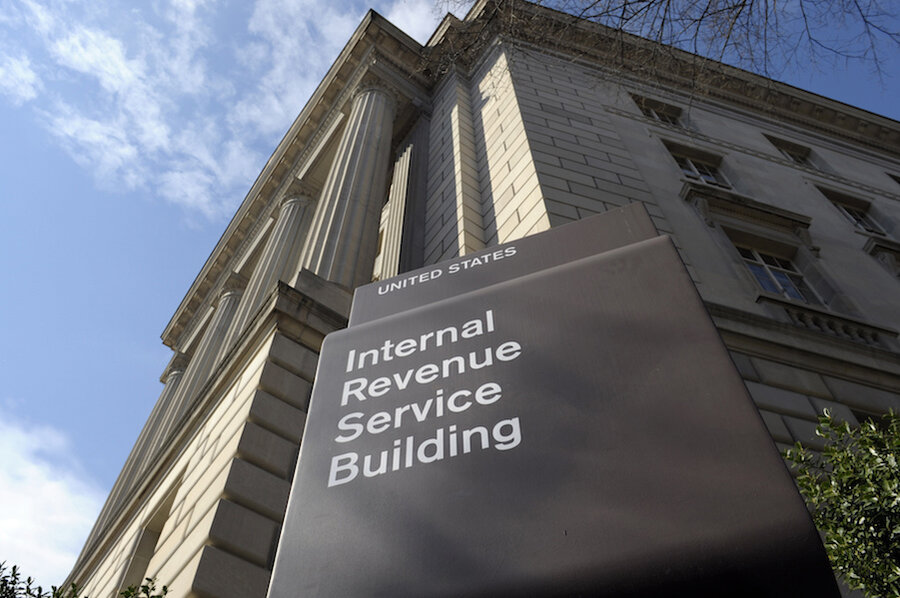What's the right tax rate for carried interest?
Loading...
Hillary Clinton and Donald Trump agree on one thing: Managers of private equity funds should pay ordinary tax rates on their carried interest, not the lower rates that apply to long-term capital gains and dividends. They differ, of course, on what those rates should be. But if we made that change today, managers would pay taxes at effective federal rates of up to 44 percent, rather than the up-to-25 percent rates that apply currently.
I agree. Fund managers should pay ordinary rates on their carried interest. In a new paper, I argue that this is the right approach for a reason distinct from, and in addition to, the conventional concern about wealthy fund managers paying low tax rates. Taxing carried interest as capital gains creates a costly loophole when benefits to managers are not offset by corresponding costs to investors. Such offsets exist when investors are taxable individuals. In that case, carried interest merely transfers the capital gains preference from investors to managers. But there’s no offset when investors are tax-exempt organizations or corporations, neither of which gets a capital gains preference. By transferring their capital gains to the manager, rather than paying in cash, these investors create a capital gains preference that would otherwise not exist. Taxing carried interest as ordinary income eliminates that loophole.
This perspective on the carried interest problem yields a second insight: Current proposals to reform carried interest taxation are incomplete. If carried interest is taxed as ordinary income for managers, the investors who provide that compensation should be able to deduct it from their ordinary income as an investment or business expense. That’s how we treat cash management fees. There is no reason to treat carried interest differently.
To see why this matters, consider a fund—it might be a buyout fund, a venture capital fund, or a syndicate of angel investors—that invests in companies, improves their business prospects, and then sells to other investors. The managers receive a cash management fee and a 20 percent carried interest, their share of the fund’s profits from dividends and capital gains.
If the fund generates $100 in long-term capital gains, managers get $20 and investors get $80. Under current practice, managers pay capital gains taxes, individual investors pay capital gains taxes, and endowments and other tax-exempt organizations pay nothing.
Many reformers, including President Obama, would tax carried interest as labor income while making no changes for investors. Under this partial reform, managers pay labor income rates on their $20, and investors pay capital gains taxes on their $80.
Under my full reform, managers would pay labor income taxes on their carry, as under the Obama plan. Investors, however, would pay capital gains taxes on all $100 of the fund’s gains and then deduct the $20 of carried interest from their ordinary income.
For tax-exempt investors, there is no difference between partial and full reform. They don’t pay taxes, so they only care about their net income, not how the tax system characterizes it. The same is true for corporations, which pay the same tax rates on any income.
But taxable individuals do care. As long as they can use most of their deductions, they would prefer to deduct carried interest against their ordinary income. Better to pay capital gains taxes on $100 and deduct $20 from ordinary income than to just pay capital gains taxes on $80.
Individual investors in these funds are quite well-off, so why would we want to give them a bigger deduction? Two reasons. First, our goal should be a tax system that treats private equity funds neither better nor worse than other ways of structuring investments.
Current practice fails that test. Because of the carried interest loophole I described above, overall fund returns are often under-taxed relative to other forms of investment. Partial reform fixes that problem, but pushes the pendulum slightly too far the other way, over-taxing fund returns when investors are taxable individuals. Full reform gets the balance exactly right.
Second, our goal should be a tax system that treats cash compensation and carried interest equivalently. Current practice again fails, encouraging managers to employ various games to convert cash fees into carried interest. Partial reform fixes that, but again goes slightly too far, making cash more attractive than carry. Full reform treats them identically.
Full reform also solves the most legitimate concern of people who defend current practice. They typically argue that lower tax rates on capital gains reward entrepreneurship, financial risk taking, and sweat equity in new or struggling businesses. And they are right. Love it or hate it (that’s a debate for another day), our tax code provides lower tax rates on capital gains and dividends from creating or improving businesses.
There is no reason those lower rates should not be available for investments made through funds. But partial reform eliminates these lower rates for any gains distributed as carried interest. Full reform solves that problem by crediting all the gains to investors. That’s probably not what many defenders of current practice have in mind. But it does ensure that all capital gains are treated as such.
Managers thus pay labor income taxes, and investors get the usual benefits associated with capital gains. And managers and investors are free to negotiate whatever fund terms are necessary—perhaps including more carried interest—to make their funds viable businesses. This being the tax code, there are some pesky details, especially about how investors can deduct carried interest. But the bottom line is that full reform would tax carried interest just right.
Disclosure: I am currently evaluating whether to invest in an angel syndicate. I have family and friends who manage and invest in private equity funds.
This article first appeared in TaxVox.








